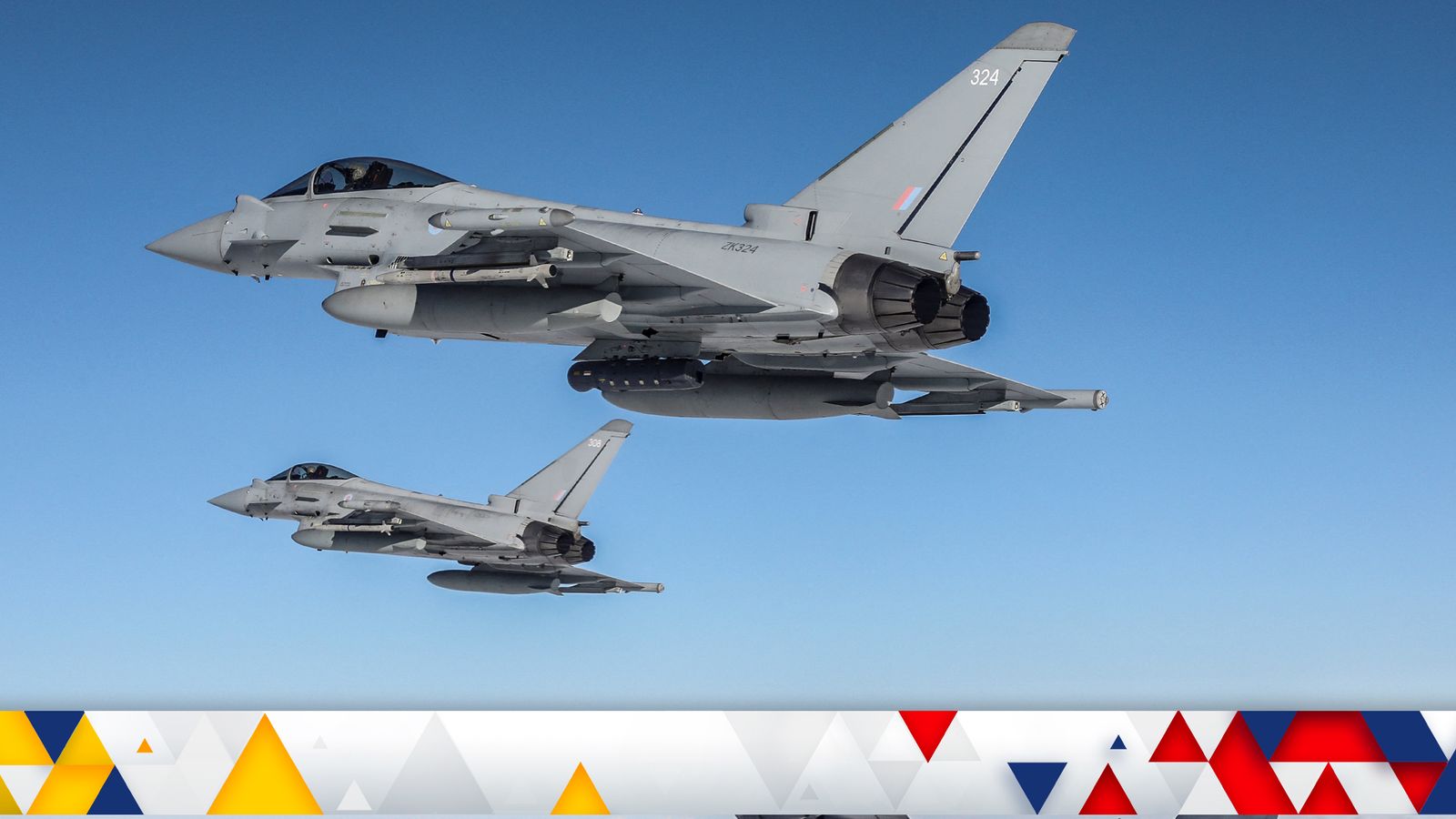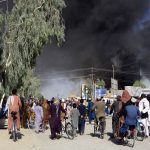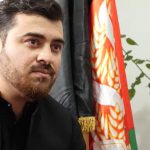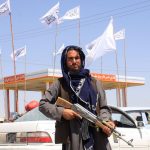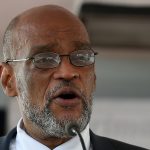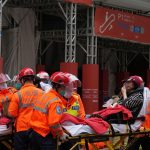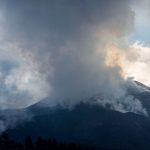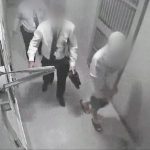President Zelenskyy has asked the West to “close the sky” over Ukraine to help the fight against Russia – but how does a no-fly zone work and why have the UK and US refused?
A no-fly-zone (NFZ) is an area from which aircraft are barred or restricted from flying, usually for security reasons.
They can be used in a civilian context such as over a major events like the Olympics, or over certain buildings.
For example, a no-fly zone was imposed this year around Windsor Castle to permanently limit how close aircraft can get.
Ukraine-Russia news live: Biden closes US airspace to Russian aircraft
NFZs are also often used in war zones to stop an aggressor flying military aircraft over its own territory.
This is usually to prevent it launching attacks on civilians or military targets, or to prevent it carrying out surveillance.
Ukraine invasion: Boris Johnson accuses Putin of ‘war crime’ after MPs give rare standing ovation in Commons to Ukraine ambassador
Airbus pulls out of Russia in another blow to country’s aviation industry
Ukraine invasion: Russians and Belarusians banned from competing in motorsport events in UK
Opposing fighter jets enforce the zone by patrolling in search of any aircraft breaking the rules.
Any rogue planes could be forced to land or escorted away – but ultimately risk being shot down.
Where have they been used before?
NFZs were set up in Iraq after the 1991 Gulf War to prevent Saddam Hussein from attacking the country’s Kurdish and Shia Muslim populations.
They were enforced by the UK, US and France at the time.
Libya came under a no-fly zone in 2011 to protect civilians from attacks from the Gaddafi regime. British RAF jets were among those involved.
NATO countries also enforced a NFZ in the 1990s during the Bosnian War in Operation Deny Flight.
Why has the West refused a no-fly-zone over Ukraine?
Fighter jets would be in direct conflict with Russian planes and could ultimately be forced to shoot one down.
That could start a direct war between NATO countries and Russia and potentially spiral out of control.
Please use Chrome browser for a more accessible video player
Prime Minister Boris Johnson was confronted by a tearful Ukrainian journalist over why NATO could not establish a no-fly zone.
He told her UK jets would ultimately have to be “engaged in shooting down Russian planes”.
“That is not something that we can do or that we’ve envisaged. I think the consequences of that will be truly very, very difficult to control,” said Mr Johnson.
America has also ruled out the idea.
The White House spokesperson said it could trigger “a direct conflict, and potentially a war with Russia”.
But a NFZ could make a significant difference in preventing attacks as Russia’s air force is massively superior to Ukraine’s.
For example, recent satellite pictures showed rows of attack helicopters ready to strike.
President Zelenskyy says it would be a preventative measure and not intended to drag NATO into a war with Russia – but his pleas have been rejected.
Ukraine’s air forces are still operational however, with its fighter jets still carrying out defensive missions. It has surprised some experts who expected Russia to swiftly decimate its opponent.
A fleet of Turkish-made drones equipped with laser-guided missiles has also had apparent success in destroying Russian positions.
Read more: What is Belarus’ role in the Russia-Ukraine conflict?
